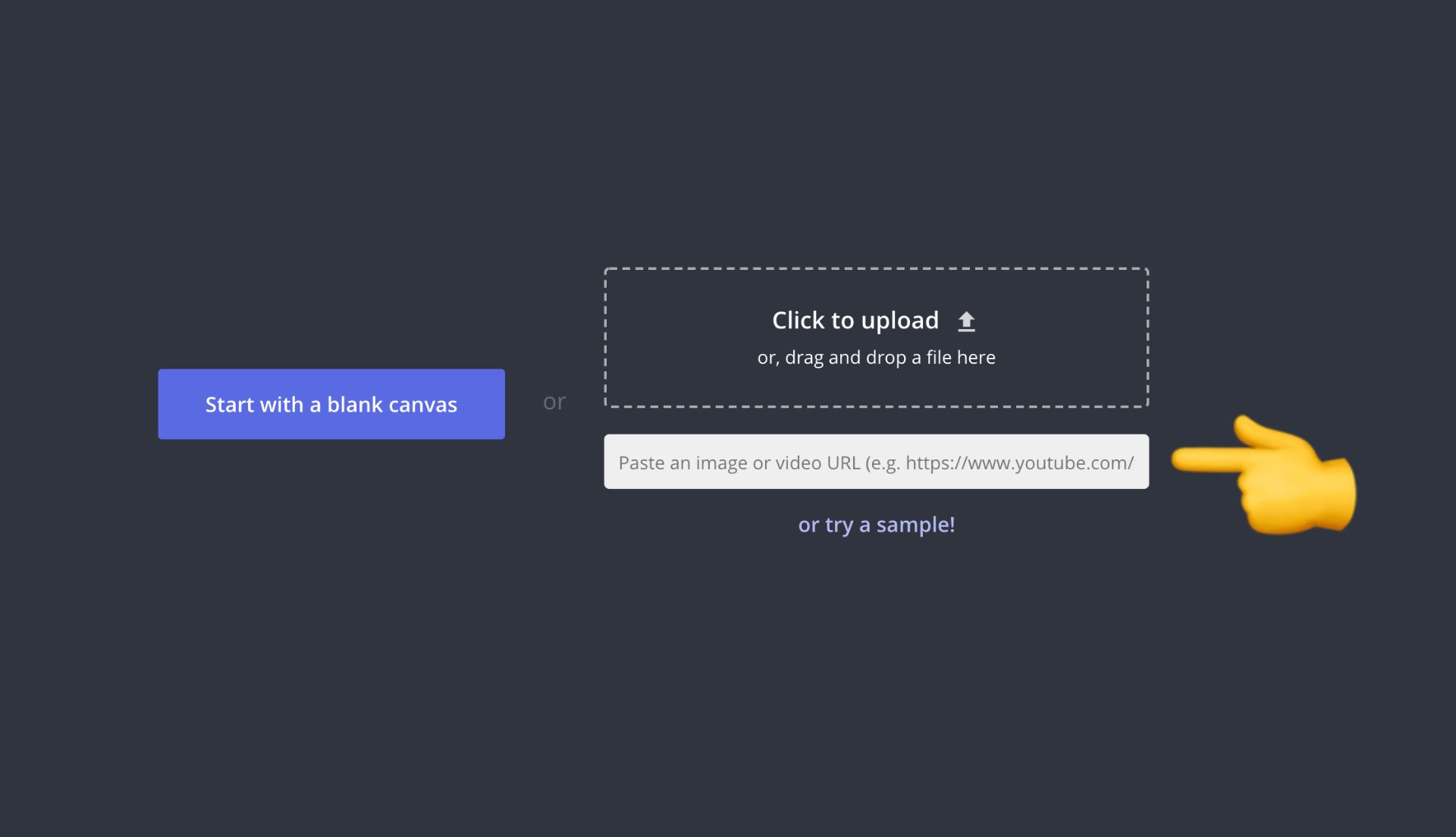You can share your voice memos to Google Drive, Gmail, OneNote, etc. After that, you are able to gain access to your voice memos by simply signing into the corresponding account. Step 1: Run the Voice Memos app on your iPhone and then click to select the voice memo you would like to transfer to your computer.
Unfortunately Apple makes it hard to get data out of their iPhones. However, you can upload voice memos to the Dropbox app or the Google Drive app using the “Share” option. Once you've got all your files in Dropbox or Google Drive, it's easy to upload them to Sonix.
Before you do this you will need to install Dropbox or Google Drive if you have not already:



Here are 6 easy steps to upload a voice memo to Dropbox or Google Drive.
Open the Voice Memos app
Tap on the desired memo
Tap on the “Share” icon
Tap on “Save to Dropbox” or for Google Drive, tap on “Drive”
Choose the destination folder
Tap on “Save” or “Upload”

NOTE: if you don't see the “Save to Dropbox” or “Drive” icons, you can click “More” and they will show up so long as you have them installed.
Once the files are in Dropbox or Google Drive, it's really easy to upload them to Sonix. Simply open up Sonix, click upload via Dropbbox or Google Drive and then select all the files in the folder you want to transcribe.
Upload Iphone Voice Memo To Google Drive
If you want to automate the process even further, you can have your voice memos transcribed instantly when you drop them into a particular Dropbox or Google Drive folder. This can be done through Zapier: https://my.sonix.ai/zapier
How To Upload Voice Memos To Google Drive
Transfer iPhone Voice Memos to Mac Using Dropbox, Google Drive, Box, etc. Open Voice Memos app on iPhone and tap on a voice note. Tap on three blue dots and then tap on Share. Now from here, you may add the voice recording to Dropbox, Google Drive, Box, etc. You may also share the file on WhatsApp, iMessage, or other chat apps. Unlike music files, which are exclusively managed through iTunes, Apple's Voice Memos app allows you to copy individual sound files directly to another device, including an external storage device such as a flash drive.